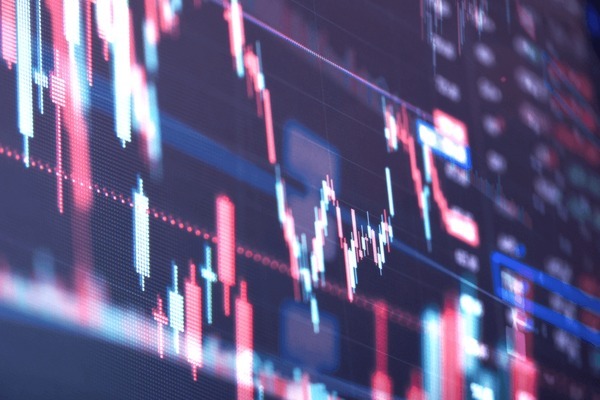
Market Context | Global ETFs in a Downtrend
International ETFs have seen notable declines as global equities face volatility from rising interest rates, geopolitical tensions, and currency fluctuations. Funds like EFA, VEU, and IEFA have experienced outflows as investors reduce exposure to international markets. According to 👉👉 Morningstar Global ETFs, institutional investors are carefully evaluating allocations, balancing emerging market risk with developed market stability, signaling both caution and selective opportunity.
Technical indicators show that several international ETFs are approaching long-term support levels, suggesting potential for a rebound if accumulation resumes. Retail investors often react to headline-driven declines, while institutions analyze fundamental drivers, currency hedges, and global macro conditions before committing capital.
Investment Insights | Tracking Institutional Flows and Global Opportunities
Institutional flows provide critical insight into whether these ETF declines represent temporary weakness or a more sustained trend. Professional investors frequently use dips to build positions in ETFs that offer attractive valuations or exposure to high-quality international companies. Monitoring inflows, trading volumes, and sector weightings can reveal where smart money perceives opportunity.
Investor psychology plays a role as well. Retail traders may panic-sell, while institutions identify structural buying opportunities. Aligning trades with institutional positioning and combining technical analysis with global macro trends can improve the probability of capturing upside. For actionable data on international ETF flows and market insights, 👉👉 CNBC Global ETFs offers timely analysis and updates.
Risk Perspective | Volatility, Currency, and Geopolitical Exposure
Despite potential opportunities, investing in international ETFs carries notable risks. Currency fluctuations, trade policy changes, political instability, and divergent economic cycles can lead to unexpected drawdowns. Emerging market ETFs are particularly sensitive to these risks, while developed market ETFs may face slower growth and valuation pressure.
Risk mitigation strategies include currency-hedged ETFs, diversification across regions, and monitoring macroeconomic indicators. Technical support levels and institutional accumulation patterns provide additional guidance for timing entries and managing exposure effectively.
Strategy Outlook | Navigating International ETF Volatility
Investors should adopt a disciplined, research-driven approach. Identifying ETFs with solid fundamentals, low correlation to domestic markets, and evidence of institutional accumulation can provide attractive opportunities during temporary market dips. Combining global macro analysis with technical monitoring allows for strategic entries while managing risk.
International ETFs remain a key tool for diversification and long-term growth. By aligning with institutional flows, evaluating macro conditions, and monitoring technical signals, investors can determine whether current declines represent a risk signal or a strategic dip-buying opportunity.
